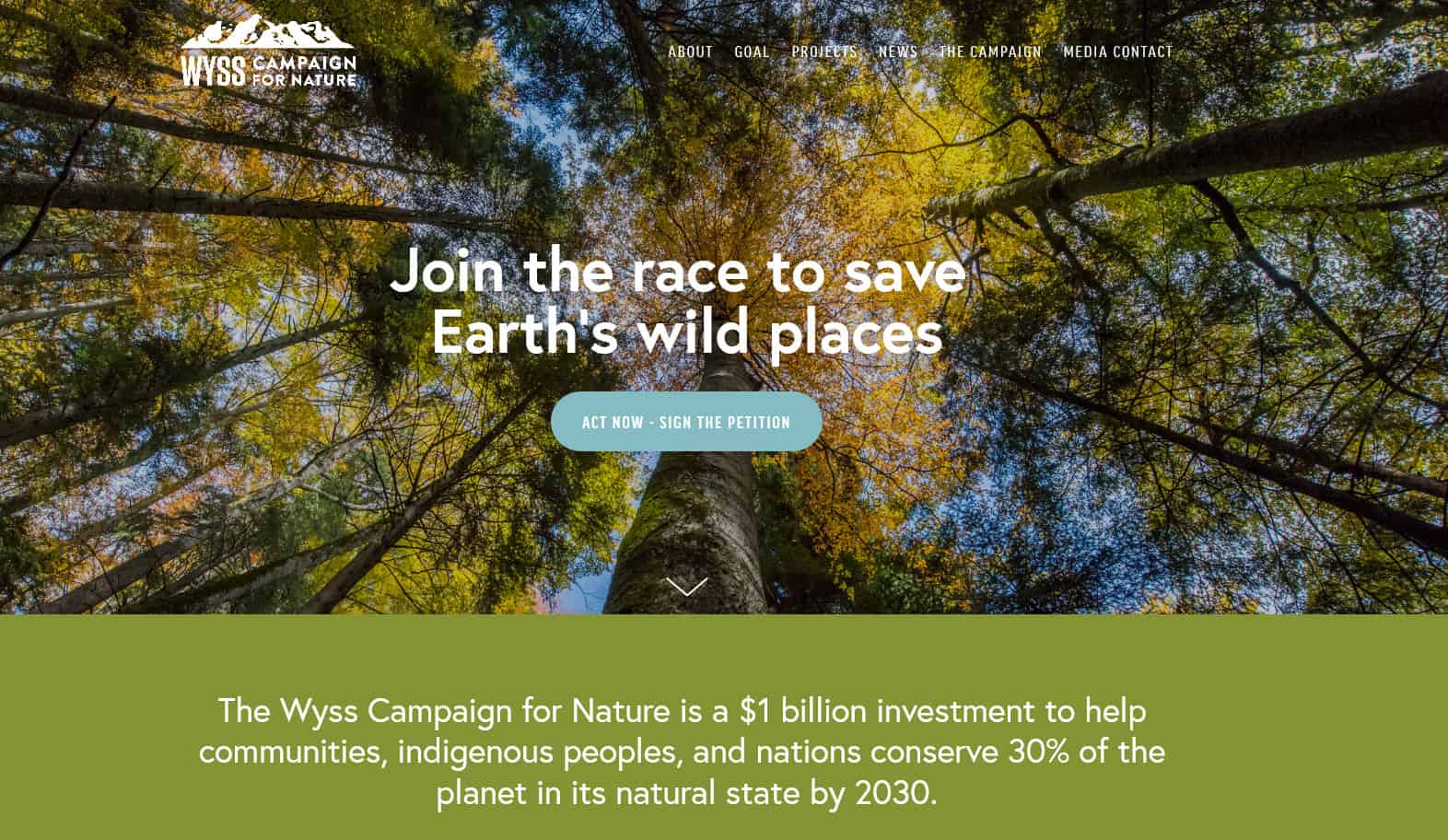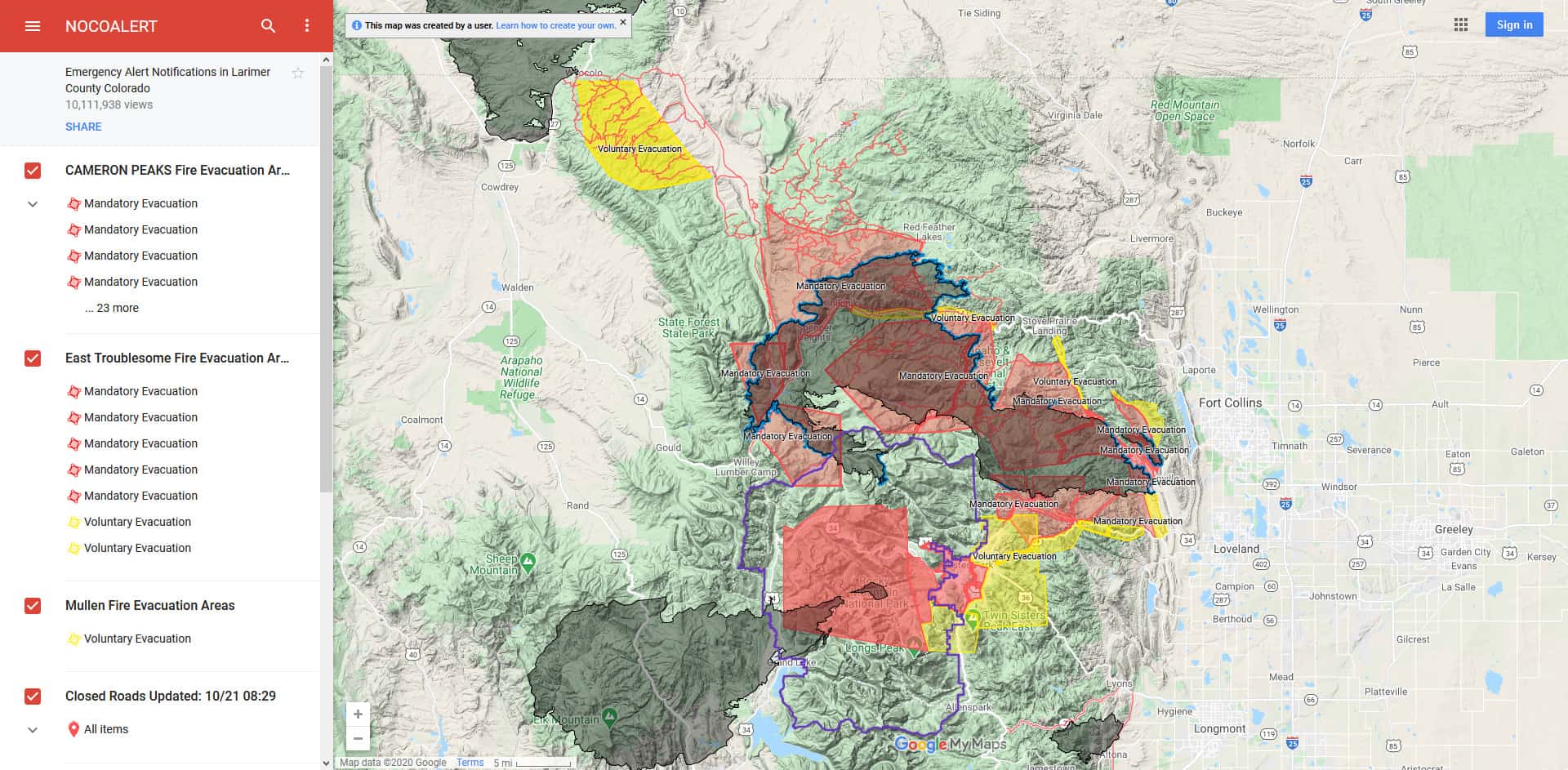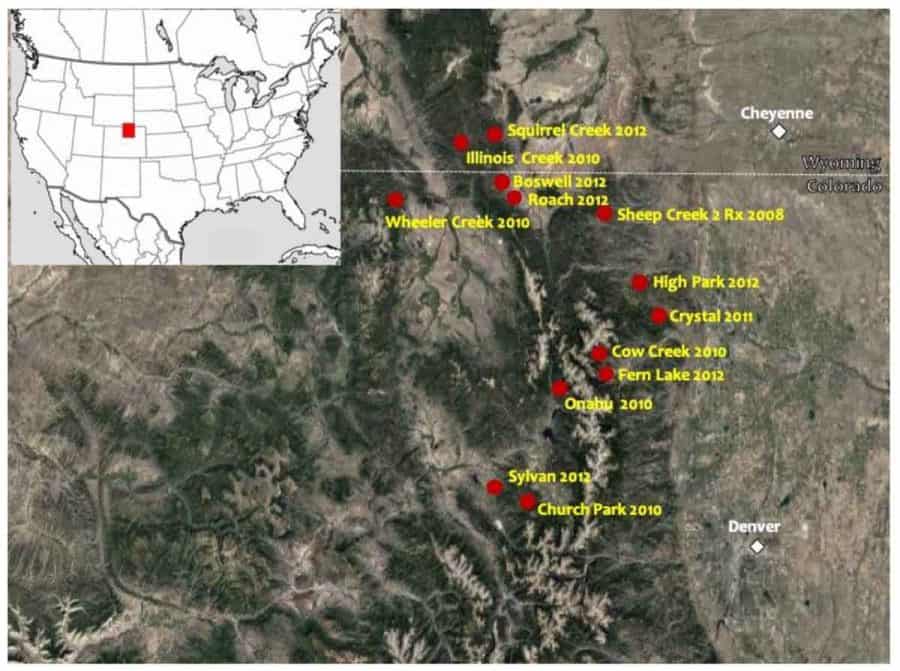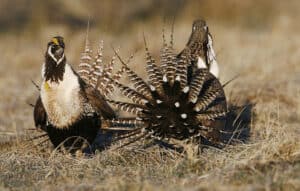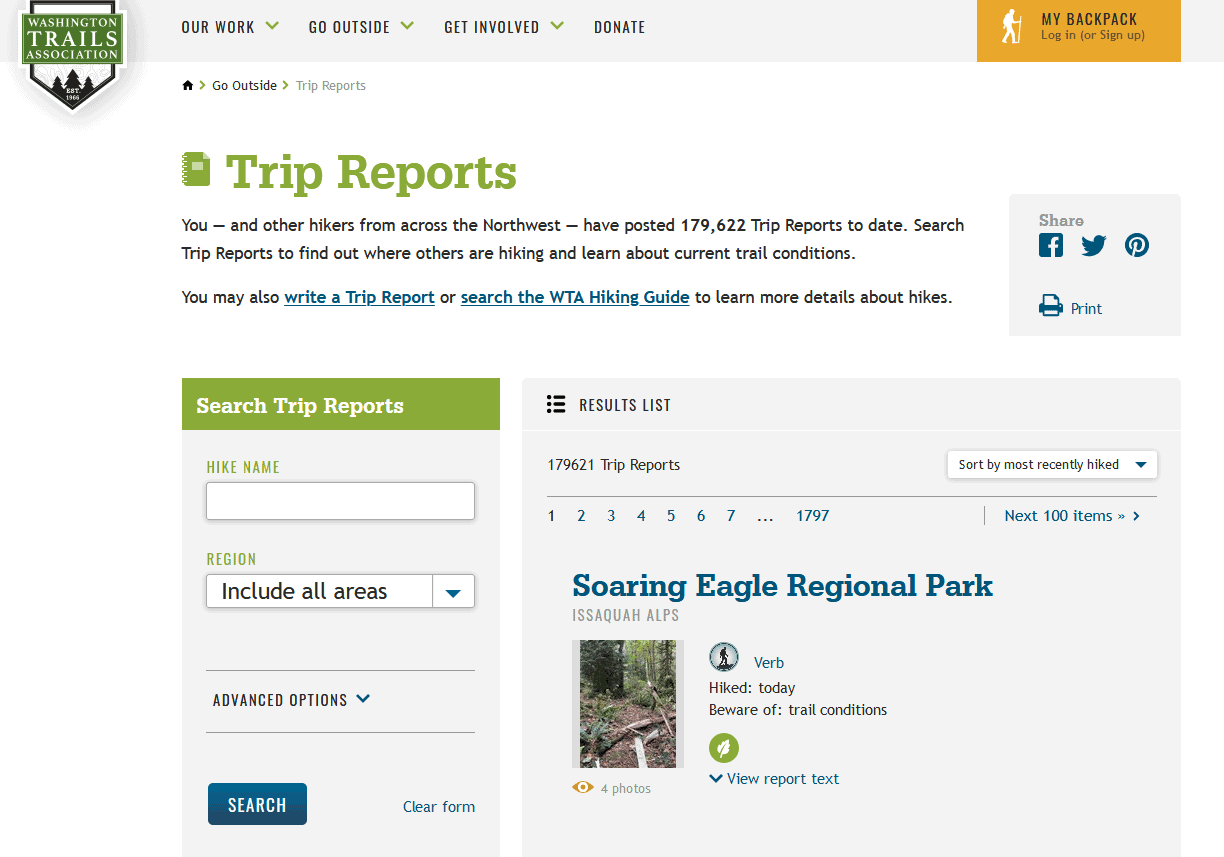There is a movement, said by its proponents to be growing, with a goal of “30 percent of the planet protected by 2030”. Uh-oh, you might say “protected from what?” or “who is likely to get kicked out where and who determines it?” Where does this idea come from?
It seems to have come from a group called Campaign for Nature, funded by the Wyss Foundation. Mr. Wyss is, perhaps unexpectedly, a resident of Wyoming. The screenshot above says “join the race to save Earth’s wild places.”
Here’s what CFN says:
Scientists agree that to prevent a mass extinction crisis, support a growing global population, and address climate change, we must conserve at least 30% of the planet by 2030.
Specifically, the Campaign for Nature is calling on world leaders to:
*commit to protecting at least 30 percent of the planet by 2030;
*help mobilize financial resources to ensure protected areas are properly managed; and,
*approach biodiversity conservation in a way that fully integrates and respects indigenous leadership and indigenous rights.
They are also granting funding to the Guardian for journalists to tell appropriate stories leading up to the CBD (Convention on Biological Diversity) meeting next year.
I’ll start with the international level in this first post, the national level in the second, and the state level in the third as we see how these goals become more concretized, who is pushing for these goals, and discuss how it might work on our landscapes.
What’s Goin’ On.. Internationally
It appears that the CBD needed goals for 2050 so they had meetings and came up with some ideas. Apparently 30 x 30 is one of them (note, international groups set targets but don’t always meet them including the previous Aichi biodiversity targets for 2020). Here are the current proposed (not agreed to) goals (Update of the Zero Draft). The goals will be decided on at the 15th Conference of the Parties to the Convention on Biological Diversity meeting in Kunming, China. You can look at the comments different groups submitted here.
However, some top world leaders have already gone on record as supporting it. What’s of interest to me is how these leaders talk about science. Frans Timmermans, Executive VP of the European Union is quoted as saying “It is a goal that is firmly grounded in scientific evidence.” This strikes me as highly unlikely. Without knowing what an area is being protected from, where it is located, and how effective the protections are, it seems to me that you, me or anyone can’t possibly know that 30% is the right answer.
The National Geographic blog post has a link to this article from the words “science-based.” Here’s an excerpt:
“Woodley et al. (2019a) argued that, in addition to a focus on quality, a focus on ambitious percentage areas targets was also required to inform decision makers of the scale of conservation required for science-based targets and to drive ambition.”
It sounds a bit more like a poll of scientists’ opinions than what I would call scientific evidence. Conservation scientists telling us we need to conserve more seems fairly predictable. I’m not saying they’re wrong- scientists have opinions like anyone else, but scientists’ opinions are not in and of themselves, scientific information. And our famous friend EO Wilson says that 50 percent is what is needed so clearly they don’t agree.
So, yes, CBD is in a situation where they need to set goals for the meeting next year. As we have seen, there’s no real downside, in this case, to having goals you can’t or don’t meet- but lots of good vibes for saying you support them. But as we see with our own Wilderness, Roadless “protected areas”, the devil is in the details where words become decisions to exclude this or include that.
Next post: 30 x 30 in the US.
